
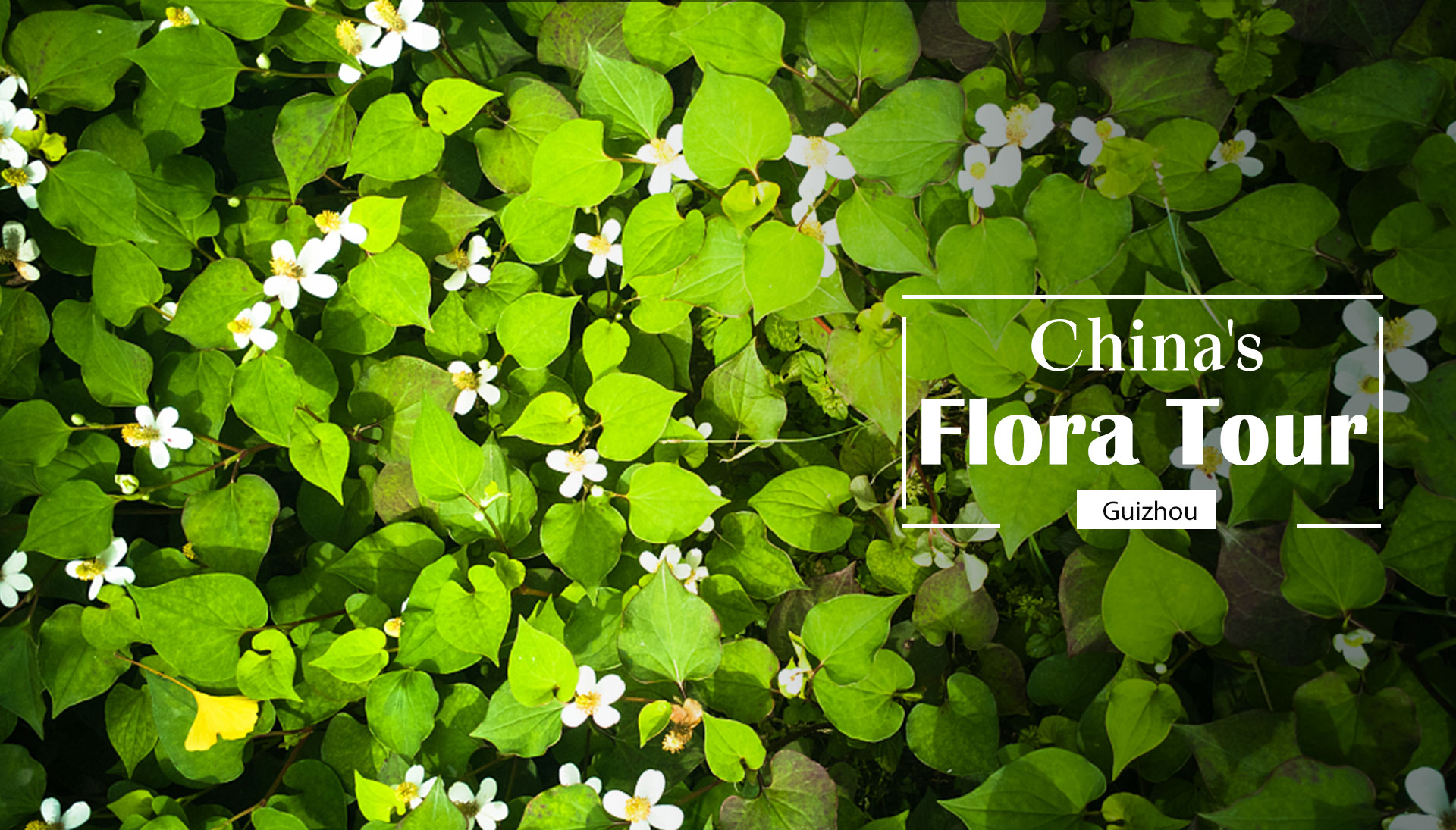
Houttuynia cordata is herbaceous perennial plant which has heart shaped leaves and tail-like rhizome. It gets its nickname "fish mint" because it has a special "fishy" taste.

Locals from the city of Liupanshui, Guizhou Province went to mountains to find fish mint, February 2, 2019. /VCG Photo
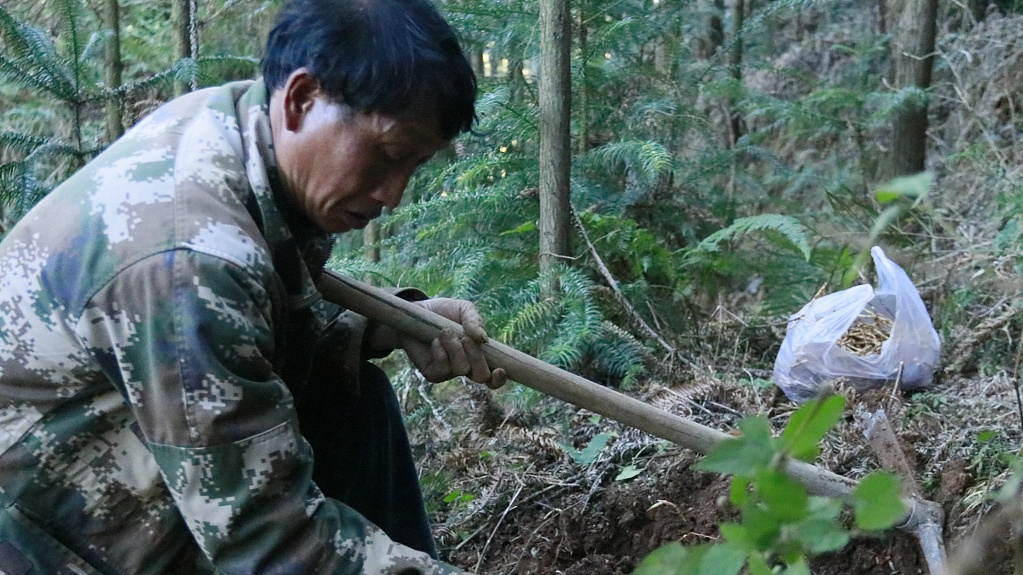
Locals from the city of Liupanshui, Guizhou Province went to mountains to find fish mint, February 2, 2019. /VCG Photo

Locals from the city of Liupanshui, Guizhou Province went to mountains to find fish mint, February 2, 2019. /VCG Photo
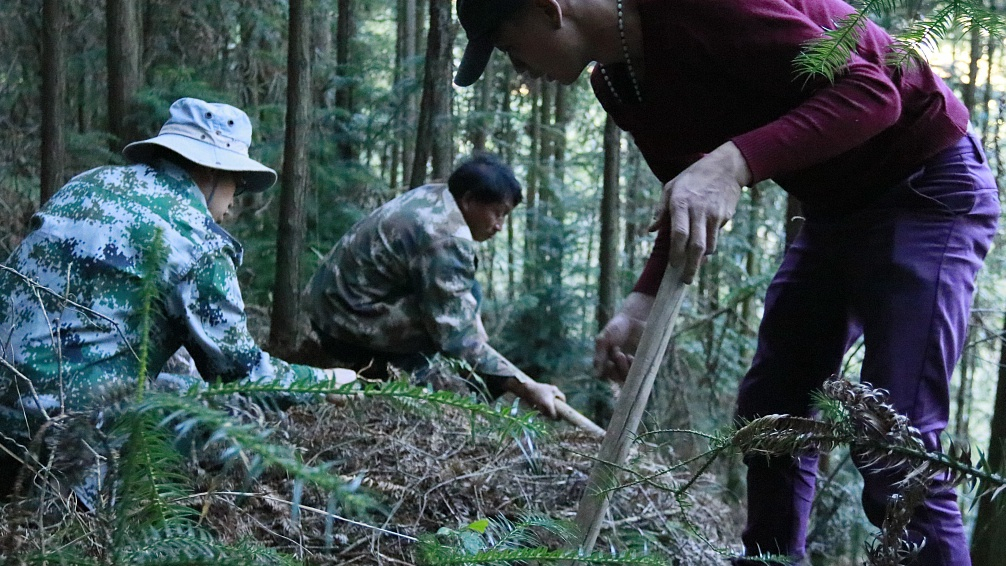
Locals from the city of Liupanshui, Guizhou Province went to mountains to find fish mint, February 2, 2019. /VCG Photo
Fish mint is a flowering plant commonly find in Southeast Asia. It was first described by a Swedish naturalist Carl Peter Thunberg. The material he collected was from Japan which has an orange scent, while the Chinese type has the smell of raw fish.
The plant prefers to moist or wet land and has a strong vitality. It can grow up to 0.6 to one meter and hard to eradicate from the garden. Its flowering time is from April to July, with greenish-yellow color.
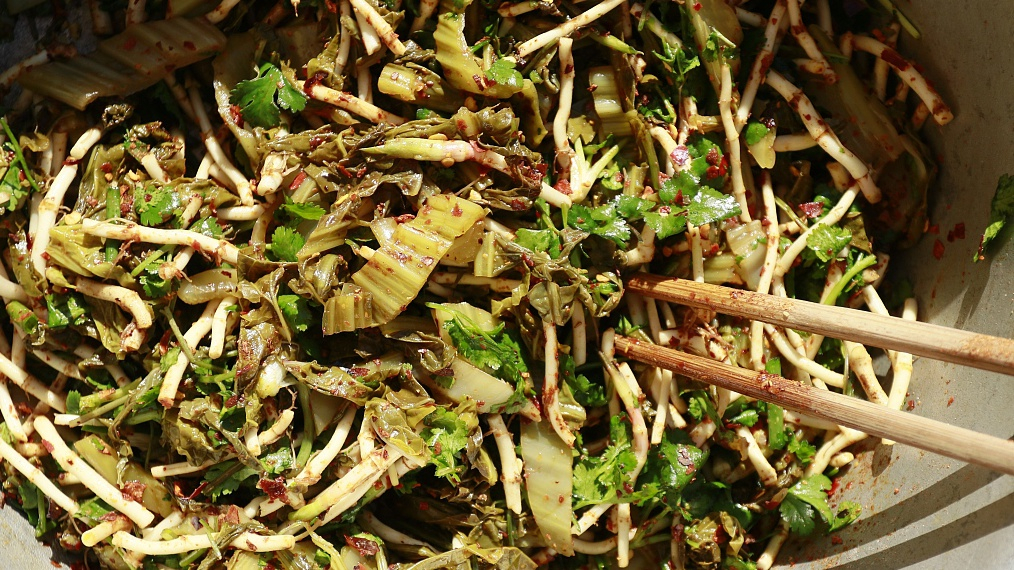
Locals from the city of Liupanshui, Guizhou Province went to mountains to find fish mint, February 2, 2019. /VCG Photo
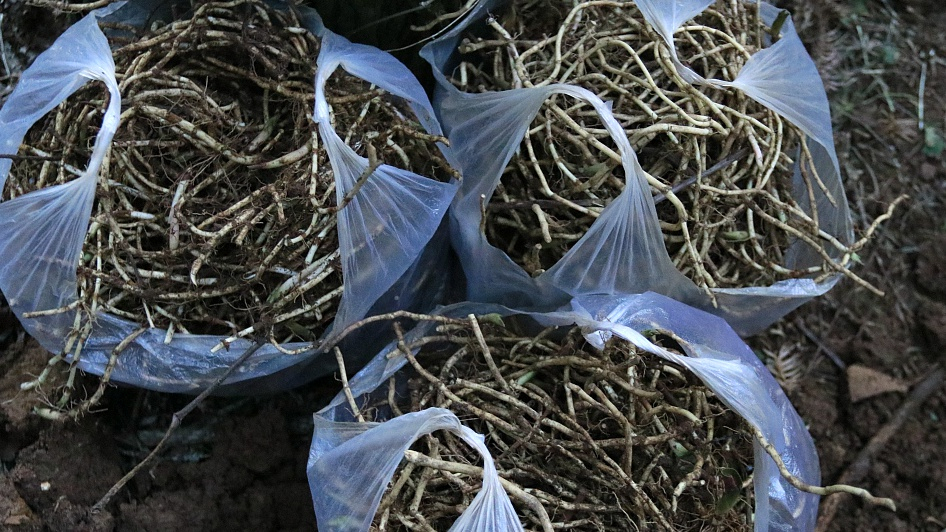
Locals from the city of Liupanshui, Guizhou Province went to mountains to find fish mint, February 2, 2019. /VCG Photo
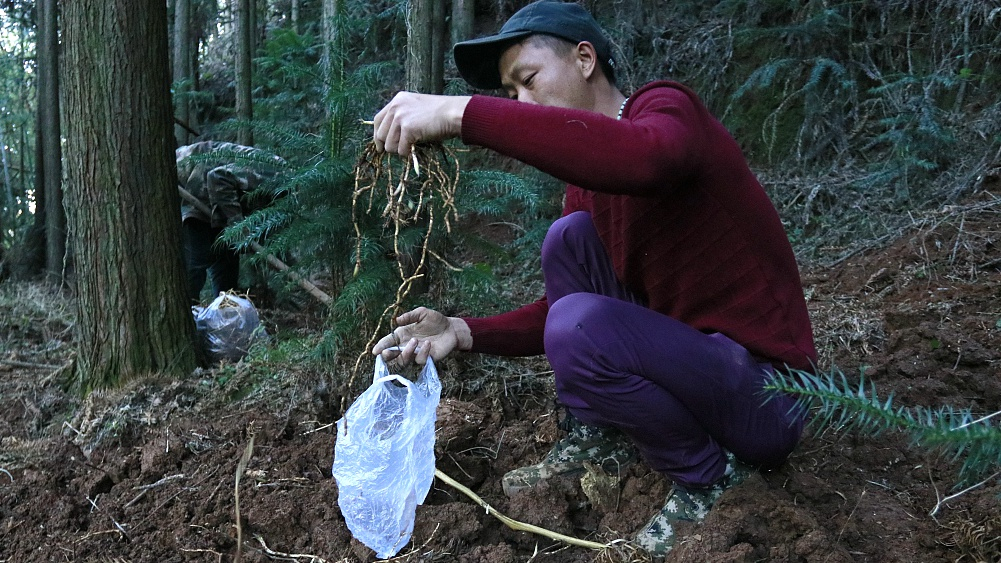
Locals from the city of Liupanshui, Guizhou Province went to mountains to find fish mint, February 2, 2019./VCG Photo

Locals from the city of Liupanshui, Guizhou Province went to mountains to find fish mint, February 2, 2019. /VCG Photo
Fish mint is a common food on tables in China's Guizhou and Sichuan Province, and people from Sichuan prefer to eat its leaves while Guizhou residents like its roots. But its fishy taste is unacceptable for most of people who are not from these regions.
Fish mint is used in traditional Chinese medicine. A study by Manish Kumar and his team wrote the plant's pharmacological activities are many, such as anti-cancer, anti-obesity, anti-viral, and anti-bacterial etc. However the clinical research on this plant is not sufficient, potential toxic may exist.
China's Flora Tour
From the wetlands along the east coast to the dense rainforests hidden in the west, China boasts an array of plant species. In this series, CGTN goes on a tour to learn about some of the most representative flora in different provinces and see how they live in harmony with local geography and climate.
Read More:
China's Flora Tour: Guizhou-The harbinger of spring on Mount Fanjing
China's Flora Tour: Guizhou-A tree's growing strategy
China's Flora Tour: Guizhou-Together, we weather hard times
(Cover via VCG, designed by CGTN's Qu Bo.)
(If you want to contribute and have specific expertise, please contact us at nature@cgtn.com)

Copyright © 2018 CGTN. Beijing ICP prepared NO.16065310-3
Copyright © 2018 CGTN. Beijing ICP prepared NO.16065310-3